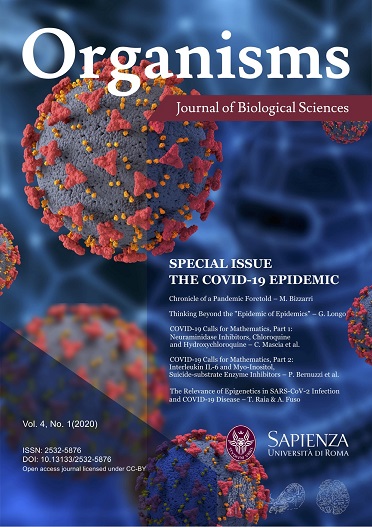Fibrosis: A Role for Vitamin D
DOI:
https://doi.org/10.13133/2532-5876/16960Abstract
Chronic inflammation leads to fibrosis and eventually organ failure. Fibrosis is defined as a wound-healing response that has gone awry. It is featured by excessive production, deposition, and accumulation of extracellular matrix components. The key mediator cells of fibrotic disorders are the myofibroblasts, derived from different precursor cells. Myofibroblasts are responsible of stiff ECM, a hallmark of fibrosis. It is mandatory understanding the molecular pathways contributing to develop the fibrotic tissue to discovery anti-fibrotic therapies. Vitamin D, the precursor of seco-steroid hormone, appears to have anti-fibrotic properties. Vi- tamin D deficiency may contribute to development of different fibrotic disorders in several organs. It counteracts the pro-fibrotic signals, such as TGF-β1, through several biochemical mechanisms. Counteracting TGF-β1, Vitamin D inhibits myofibroblasts activation and ECM deposition.
Citation: Monti, N, Cucina, A, 2020, “Fibrosis: A Role for Vitamin D”, Organisms: Journal of Biological Sciences, vol. 4, no. 1, pp. 26-41. DOI: 10.13133/2532-5876/16960.
Downloads
Published
How to Cite
Issue
Section
License
Copyright Agreement with Authors
Before publication, after the acceptance of the manuscript, authors have to sign a Publication Agreement with Organisms. The authors retain all rights to the original work without any restrictions.
License for Published Contents

You are free to copy, distribute and transmit the work, and to adapt the work. You must attribute the work in the manner specified by the author or licensor (but not in any way that suggests that they endorse you or your use of the work).





